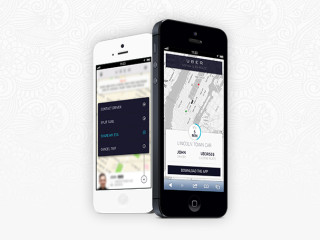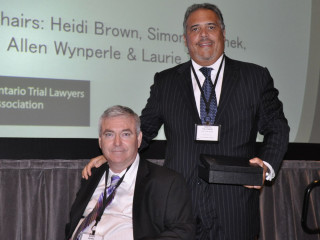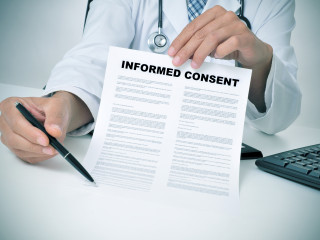For a new personal injury client, a lawsuit can seem like a long and involved process. Clients often want a basic explanation of what needs to happen and when they will need to be present for their lawsuit. This article lays out the typical steps in personal injury litigation but of course there can be many twists and turns along the way.
First of all you must meet with a lawyer for an initial consultation. This is the meeting where the basic facts of the lawsuit are laid out, and the lawyer can give you an idea of what the lawsuit would involve. Clients can take this opportunity to explain their specific goals to the lawyer and get an idea of how the lawyer will charge them to accomplish those goals.
After receiving instructions, the lawyer can go off and do a lot of work without having to meet with the client again. This includes gathering medical, employment and financial information on the client’s behalf. It can also include setting up initial communication with the Defendants in the lawsuit and interviewing potential witnesses for the purposes of trial. During this period of time you should focus your efforts on recovering from your injuries.
Once you have recovered as much as you possibly can, sometimes known as reaching “maximum medical recovery”, the lawyer will set up an Examination for Discovery. This is the next time you will need to be present for your lawsuit. After being prepared by your lawyer with the information they gathered, you will give evidence under oath to the Defendant lawyers. They will be able to ask you questions for a maximum of 7 hours. (Rules of Civil Procedure, 31.05.1 (1))
Once the examination of all parties is complete, the lawyers will go off again and collect more information that was requested by the other parties. With all parties having the information they need, a matter is ready to go to trial. The lawyer will pass a ‘trial record’ certifying that a matter is ready for court.
The next time you will be required to attend is at the mediation. All the parties come together for one day to make offers to try and settle the matter before trial. Clients are required to come so they can hear the arguments from both sides, and engage with the mediator to get the best settlement possible.
If the mediation fails to resolve the matter, the next attendance required is at the pretrial conference at the court house. Pretrials are conducted by judges and are meant to give clients an opportunity to hear from a Superior Court judge about the risks of trial.
Lastly, clients must be ready to attend trial. The length of trial varies widely on the issues and parties, but clients will need to be present to give testimony for at least one day. Most lawyers ask their clients to be present for the entire trial but again, this depends on the circumstances.
















1 Comment